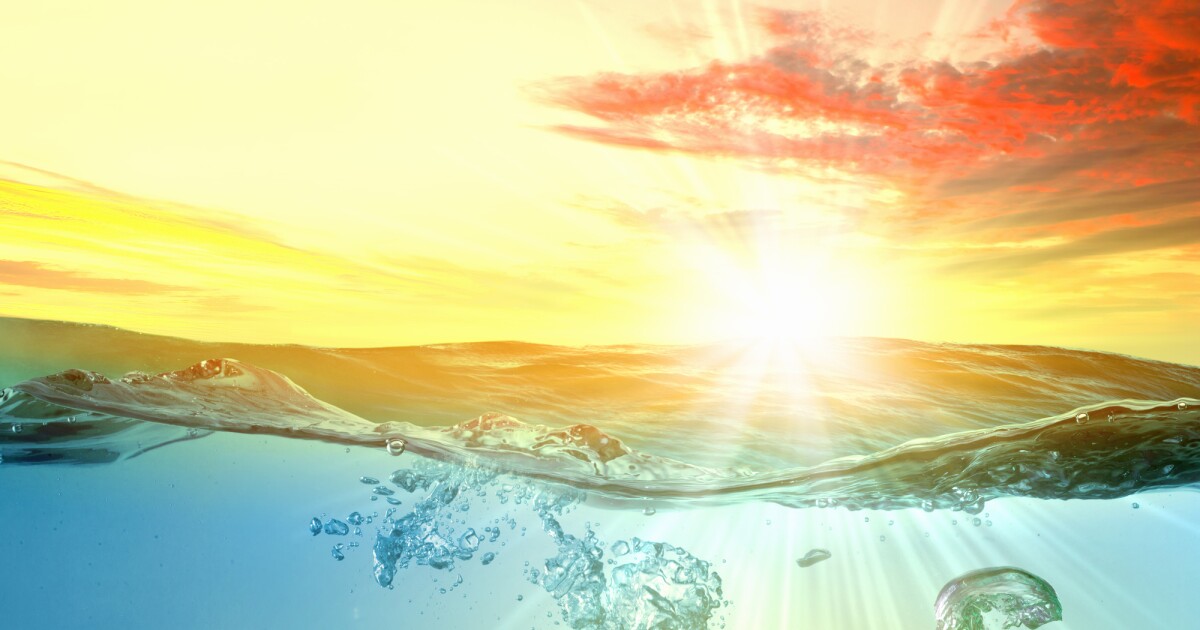So for the new study, scientists at MIT set out to investigate what might be happening. After a few basic experiments, they suspected that light itself was causing the excess evaporation. The idea is surprising because water doesn’t really absorb light – hence why you can see through it to a decent depth if it’s clean.
To really check their hypothesis, the scientists placed a hydrogel sample in a container on a scale, exposed it to different wavelengths of light in sequence, and measured the amount of mass it lost over time to evaporation. The equipment was carefully controlled and the lights shielded to prevent any heat being introduced to the system and messing with the results.
One possibility: The hydrogel is absorbing the light and emitting it as heat to the water thus increasing the evaporation.
Yeah. It is odd that they did the experiment with hydrogel when the subject of focus is water itself. Then again, the water container could potentially absorb light and emit heat, which would also confound the result.
I think you might be underestimating these guys a little, however skepticism is a part of science.
Replication experiments are being done right now so we’ll see what happens, but I’m sure they have adjusted for that
Anything clear should be about as non-light-absorbent as pure water. Glass, for example.
Or use a dielectric mirror and laser-light - so the overwhelming majority of monochromatic photons are reflected.
Interesting. Just not sure then why they need the extra polymers added. They should have at least done some rounds with just water.
I find it super fascinating that the most effective color happens to be that of chlorophyll.
OK the relevant classes are many years behind me (and I don’t work in a science field), but since photons are going to transfer some energy to any particle they interact with, how is this not effectively the same as evaporation with heat? This sounds like a tiny bit of radiant heat to me.
I would guess it’s not or we wouldn’t be discussing the article, but I’m not seeing the difference.
This article skips over a few points, heres the paper:
So your idea seems plausible at first, but more information leads to the proposed photo molecular effect:
Illumination of hydrogel under solar or visible-spectrum light-emitting diode leads to evaporation rates exceeding the thermal evaporation limit, even in hydrogels without additional absorbers.
Also the absorption of both the water and gel are negligible
I think the author’s theory about the photo molecular effect are right!
Basically they say that the photons cleave water molecules from the surface of the hydrogels.
At first i was not convinced but then i read the abstract of the journal article (its not on scihub yet) and it changed my mind, the news article skipped over a few points:
light is energy that can be convert into heat when it hit something.
That why you can burn stuff with the laser.



